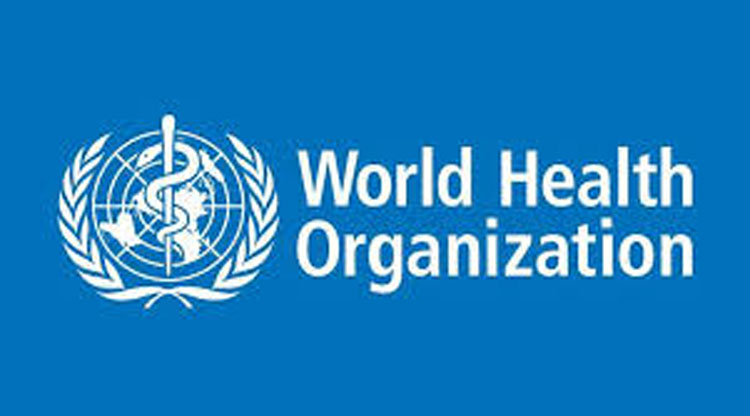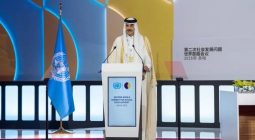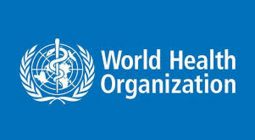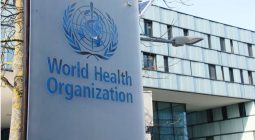The World Health Organization (WHO) Monday released new guidance called “Responding to the health financing emergency: immediate measures and longer-term shifts” for countries on ways to counter the immediate and long-term effects of sudden and severe cuts to external funding, which are disrupting the delivery of essential health services in many countries.
The new guidance provides a suite of policy options for countries to cope with the sudden financing shocks, and bolster efforts to mobilize and implement sufficient and sustainable financing for national health systems and will help countries to better mobilize, allocate, prioritize and use funds to support the delivery of health services that protect the most vulnerable, said the press release.
WHO’s new guidance emphasizes the need for countries to cushion the immediate impact of reductions in foreign assistance for health, and to adapt to a new era of reduced assistance.
Meanwhile, the WHO has urged governments and city leaders to transform urban areas into engines of health, equity and sustainability as the world marks World Cities Day on October 31 every year, writes Winston Mwale.
More than 4.4 billion people- over half the global population -now live in urban areas, a number expected to reach 70% by 2050, the release reads.
WHO warned that while cities offer opportunities for progress, they also concentrate major health risks, especially in slums and informal settlements, where 1.1 billion people face unsafe housing, poor sanitation, and growing exposure to climate threats such as floods and heat.
To address these challenges, WHO launched a new guide titled “Taking a Strategic Approach to Urban Health,” offering practical tools for governments to plan and act more coherently across sectors, it added.
The framework emphasizes evidence-based policymaking to improve urban health, reduce inequalities, and promote sustainability.
“This is a moment for decision-makers at every level to act together,” said Jeremy Farrar, WHO Assistant Director-General for Health Promotion, Disease Prevention and Care.
“The guide provides a framework for leaders and communities to build fairer, healthier and more resilient futures.”
WHO highlighted stark urban health inequalities, citing a study of 363 cities in Latin America that found life expectancy gaps of up to 14 years for men and 8 years for women between the healthiest and least healthy cities.
Urban residents face multiple overlapping risks — from air pollution, which kills 7 million people annually, to unsafe transport, poor housing, and infectious disease outbreaks, added the report.







